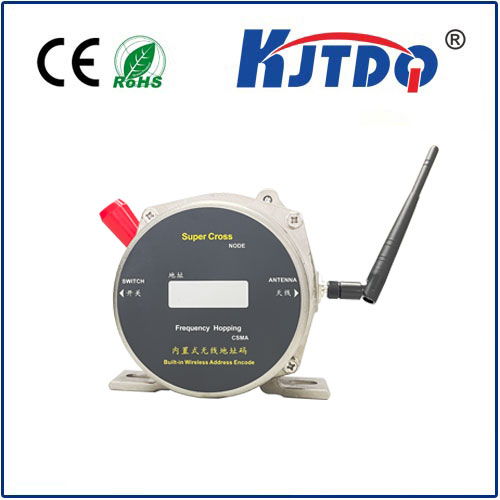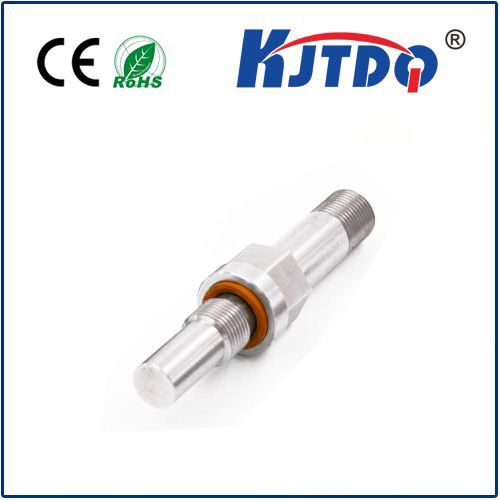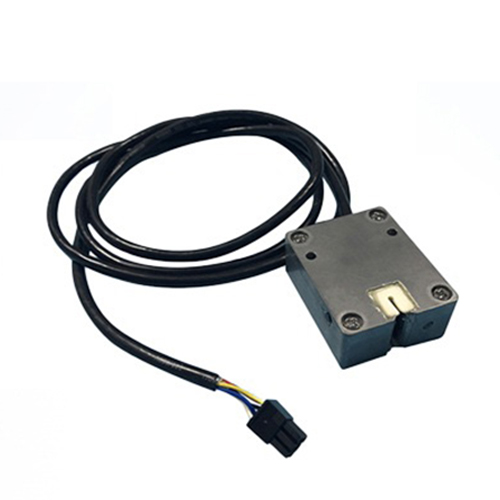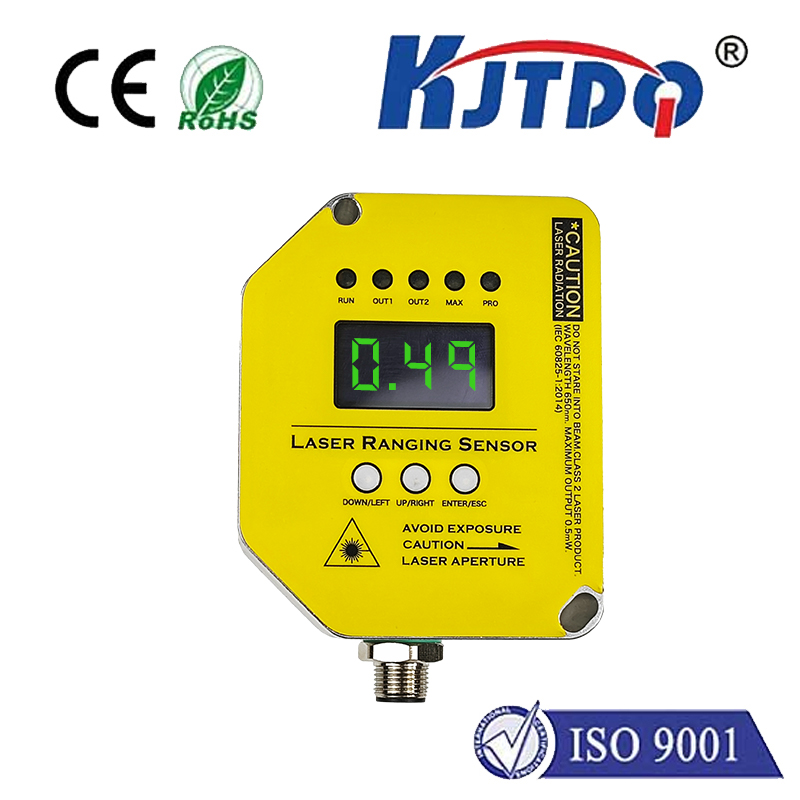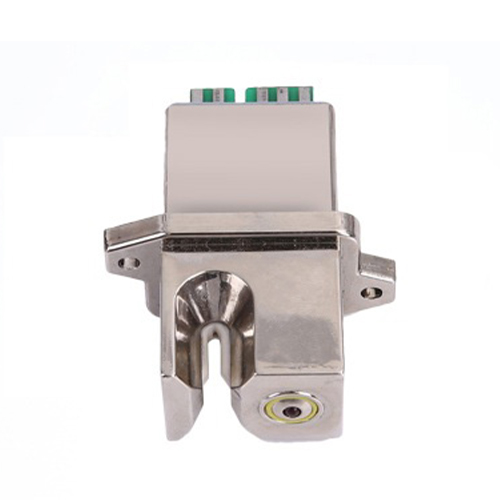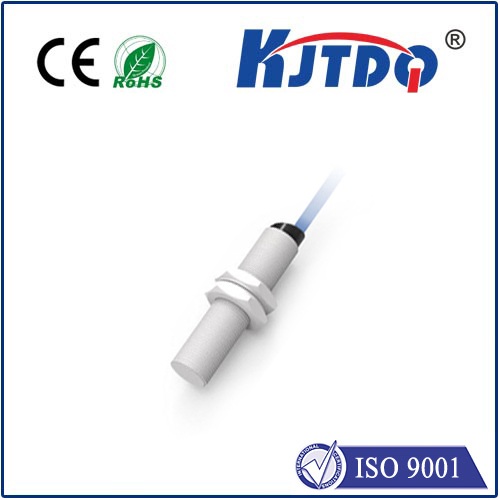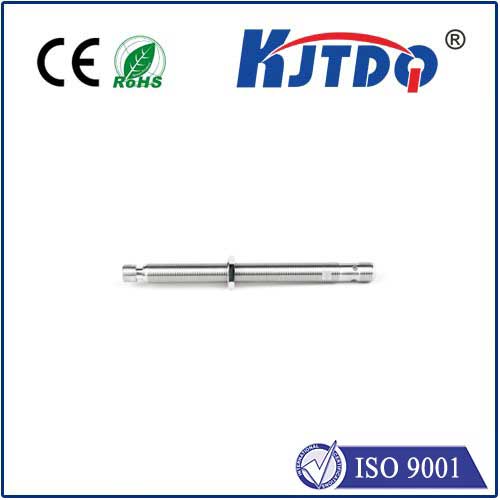intrinsic optical fiber sensor
- time:2025-08-16 02:17:27
- Click:0
The Sensing Fiber: How Intrinsic Optical Sensors Work and Why They Matter
Have you ever wondered how massive bridges are constantly monitored for hidden stress, or how engineers ensure the structural integrity of aircraft wings during turbulent flights? Or how critical pipelines transporting volatile substances remain safe? Often, the unsung heroes enabling this vital monitoring are intrinsic optical fiber sensors. Unlike their extrinsic counterparts where light simply travels to a separate sensor element, intrinsic fiber optic sensors transform the fiber itself into a highly sensitive probe. This fundamental difference unlocks unique capabilities making them indispensable across demanding industries. Let’s delve deeper into this fascinating technology.
Intrinsic vs. Extrinsic: Where the Sensing Happens
The key distinction lies in the location of the sensing mechanism:
Extrinsic Optical Fiber Sensors: The optical fiber acts solely as a light transmission conduit. The actual sensing occurs in a separate device outside the fiber at its tip. Light is sent down the fiber, interacts with this external element (like a diaphragm, mirror, or chemical coating), and the modified light returns for analysis. These are useful but often more complex to package and can be susceptible to environmental interference where the external sensor sits.

Intrinsic Optical Fiber Sensors: Here, the optical fiber core itself becomes the sensitive element. Environmental changes – like strain, temperature shifts, pressure, vibration, or even the presence of specific chemicals – directly alter the properties of light propagating within the fiber core. This change (modulation) in the light signal – its intensity, phase, wavelength, polarization, or transit time – is then detected and interpreted at the instrument end. Intrinsic sensing leverages the fiber’s inherent physical properties.
Core Principles: Light Modulation Within the Fiber
So, how does the environment change light inside the fiber optic sensor? Several physical phenomena are harnessed:
- Microbending Loss: Applying physical strain or pressure to the fiber causes tiny bends (microbends). These bends alter the light path within the core, increasing losses (scattering) and reducing the transmitted intensity.
- Phase Modulation: Extremely sensitive intrinsic sensors often rely on interferometry. Parameters like strain or temperature change the optical path length within the fiber, altering the phase of light waves. Devices like Michelson, Mach-Zehnder, or Fabry-Perot interferometers constructed using the fiber itself detect these minute phase shifts. This enables high-resolution measurements of displacement, vibration, and acoustic waves.
- Wavelength Modulation (Fiber Bragg Gratings - FBGs): This is a dominant technique. An FBG is a periodic variation of the refractive index written directly into the core of the fiber. It acts like a selective mirror, reflecting a very specific wavelength of light (the Bragg wavelength) while transmitting others. Changes in strain or temperature physically alter the grating period or the fiber’s refractive index, causing a measurable shift in the reflected Bragg wavelength. FBGs are compact, highly sensitive, and enable multiplexing of many sensors on a single fiber.
- Distributed Sensing: Techniques like Rayleigh, Brillouin, or Raman scattering utilize the inherent scattering of light within the fiber. Properties of the backscattered light are sensitive to temperature and strain along the entire fiber length. By analyzing the time-of-flight of the scattered light pulses, the location and magnitude of the disturbance can be pinpointed continuously along kilometers of fiber. This creates a truly distributed optical fiber sensor.
Why Choose Intrinsic Sensing? Compelling Advantages
The intrinsic optical fiber sensor design offers unique benefits:
- Immunity to Electromagnetic Interference (EMI): Made of dielectric glass, they are unaffected by strong electromagnetic fields, lightning, or radio frequency noise, making them ideal for power plants, industrial motors, and medical imaging environments.
- Intrinsic Safety: They generate no sparks and require only low optical power, making them perfect for hazardous environments like oil and gas refineries, mines, or chemical plants where explosion risk exists.
- Small Size and Lightweight: The fiber core itself is tiny (microns in diameter), enabling embedding into composite materials (like aircraft wings or wind turbine blades) or installation in confined spaces without adding significant weight or volume.
- Long-Distance Capability & Multiplexing: Optical signals can travel tens of kilometers with low loss. Techniques like wavelength division multiplexing (WDM) allow hundreds of FBG sensors along one fiber, or distributed sensing provides continuous monitoring over vast lengths, drastically reducing cabling complexity and cost.
- High Sensitivity and Precision: Particularly interferometric and FBG based sensors offer exceptional resolution for detecting minute changes in strain, temperature, and vibration.
- Corrosion Resistance: Glass fibers are inert to most chemicals, offering long-term stability in harsh environments where metallic sensors fail.
Where Intrinsic Sensors Make a Real Difference
The applications are vast and growing:
- Structural Health Monitoring (SHM): Embedding fiber optic sensors (especially FBGs and distributed sensing) into bridges, dams, buildings, tunnels, pipelines, and wind turbine blades to monitor strain, deformation, vibration, and temperature in real-time, enabling predictive maintenance and safety assurance.
- Aerospace: Monitoring wing flex, fuel tank levels, engine vibrations, and composite material integrity on aircraft and spacecraft using embedded intrinsic sensors.
- Oil & Gas Industry: Distributed temperature sensing (DTS) for well monitoring and leak detection along pipelines. Distributed Acoustic Sensing (DAS) for pipeline security/intrusion detection and reservoir characterization. FBGs for downhole pressure and temperature sensing.
- Energy Sector: Monitoring temperature in power cables, transformers, and generators. Strain monitoring in nuclear containment structures. Vibration monitoring in turbines.
- Geotechnical & Civil Engineering: Slope stability monitoring, landslide detection, and dam leakage monitoring using distributed fiber optic sensors.
- Medical Devices: Precise temperature and strain sensing in minimally invasive surgical tools and catheters.
- Industrial Process Control: High-precision strain measurement in manufacturing, temperature profiling in furnaces, and vibration analysis in rotating machinery.
The Evolving Landscape: More Than Just Wires
Intrinsic optical fiber sensors continue to evolve. Advances in signal processing, miniaturization of interrogation units, and the development of specialized fiber coatings for enhanced chemical sensitivity are pushing boundaries. The ability to provide continuous, real-time data over vast areas with inherent safety and EMI immunity solidifies their role as a critical technology for modern sensing challenges. They are far more than simple light pipes; they are sophisticated, sensitive, and resilient platforms transforming our ability to monitor and understand the physical world.












